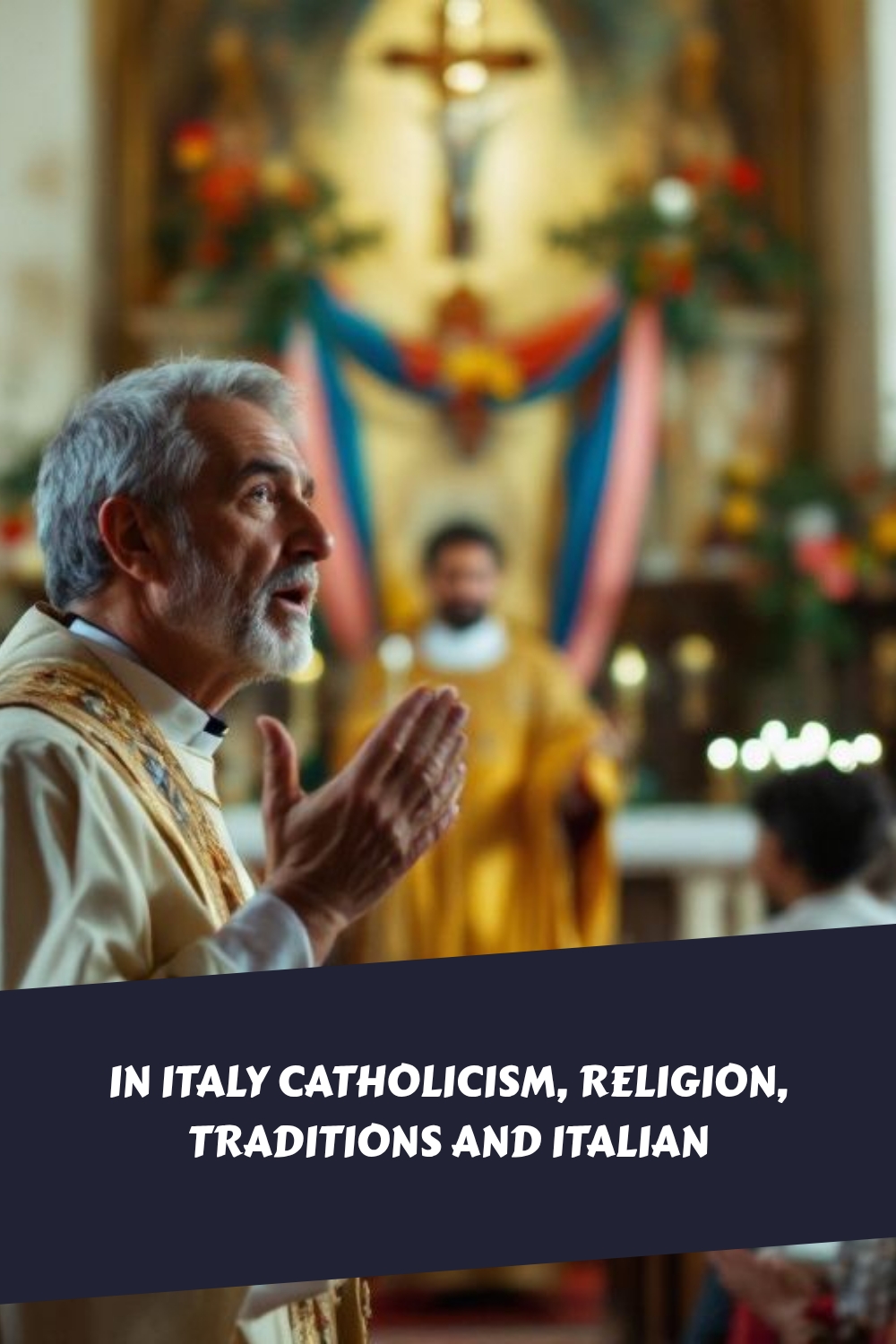Exploring Italy can sometimes feel like traversing a gorgeously intricate labyrinth. You may ponder how religion, traditions, and the Italian language amalgamate to form such an opulent cultural mosaic.
It’s normal to be astounded by the cultural depth here.
A significant fact to retain: 87% of people in Italy utilize Italian as their predominant language. This implies that nearly everyone you encounter in Italy will be proficient in this language, strongly rooted in history and tradition.
Our article will steer you to understand how Catholicism informs public holidays and laws, the diversity of other religious practices owing to immigration, and why Italian still holds vital significance in preserving traditions.
We’ll also delve into commonly observed customs that signify family life and celebrations throughout the year.
Primed for an adventure? Continue reading!
Key Takeaways
- In Italy, 87% of people speak Italian as their main language. This helps keep traditions alive.
- Catholicism is big in Italy. It shapes holidays and daily life. About 80% of Italians are Catholics.
- Many holidays in Italy come from religion, like Christmas and Easter. They include special foods, parades, and family time.
- Other religions have grown in Italy because of people moving there. Now, about 5% follow different beliefs.
- Italians use many regional dialects besides standard Italian. These dialects share local culture and history.
Catholicism, Religion in Italy
Italy’s religious landscape is deeply rooted in its history, with Roman Catholicism long serving as a defining feature of national identity. The Vatican, the seat of the Catholic Church and the Pope, is located in Rome, reinforcing Catholicism’s cultural and spiritual influence. Catholicism shapes many aspects of Italian life, from rites of passage (baptism, first communion, confirmation, marriage) to the calendar of public holidays and festivals.
While Catholicism remains the dominant religion—estimates suggest between 61% and 80% of Italians identify as Catholic—Italy is increasingly religiously diverse. Immigration has brought significant Muslim, Eastern Orthodox, Protestant, Hindu, Sikh, and Buddhist communities. For example, Italy has one of Europe’s largest Orthodox Christian populations, largely due to Eastern European migration, and a growing Muslim community, now Italy’s second-largest religion. Judaism also has ancient roots in Italy, particularly in Rome.
Since 1984, Catholicism is no longer the state religion, and Italy’s constitution guarantees freedom of religion. This has fostered a pluralistic environment, though Catholic traditions remain visible in public life.
SHOP NOW ZAZZLE - CLICK BELOW
Italian Traditions
Italian traditions are a vibrant blend of religious, historical, and regional customs, often tied to the Catholic calendar but also reflecting pre-Christian roots and local identities.
Major Italian Traditions Include:
Christmas (Natale)
Celebrated with unique regional foods (like panettone, capon, or capitone), the arrival of Babbo Natale (Santa Claus), and the Befana—a witch-like figure who delivers gifts on Epiphany (January 6). Christmas Eve dinner is traditionally meatless, while Christmas Day features elaborate family lunches.
Easter (Pasqua)
Marked by religious processions, special masses, and traditional foods such as lamb (abbacchio) and Colomba di Pasqua (Easter dove cake). Unique local celebrations include Florence’s “Scoppio del Carro” (Explosion of the Cart).
Carnevale
Italy’s version of Mardi Gras, most famously celebrated in Venice with elaborate masks and costumes, but also observed nationwide with parades, confetti, and festivities before Lent.
Ferragosto (August 15)
A national holiday rooted in ancient Roman times, now a mid-summer festival when cities empty and Italians head to the beach or countryside to celebrate with family and friends.
New Year’s Eve (Capodanno)
Celebrated with fireworks, music, and traditional foods like lentils and cotechino (symbolizing prosperity), and the quirky tradition of wearing red underwear for luck.
Regional Festivals
Each region and town has its own unique festivals, such as the Festa dei Ceri in Gubbio, the infiorata (flower festival) in Genzano, and the Calendimaggio spring celebrations.
Many traditions blend religious observance with communal celebration, reinforcing family and local ties.
The Italian Language
Italian is a Romance language that evolved from Vulgar Latin, the everyday language of the Roman Empire. Its standardized form is based on the Tuscan dialect, especially the Florentine variety, thanks to the literary influence of Dante Alighieri, Petrarch, and Boccaccio in the 14th century. Italian became the official language of unified Italy in 1861, though widespread use only followed in the 20th century with increased education, media, and literacy.
Key Features:
Alphabet: The Italian alphabet has 21 letters, omitting J, K, W, X, and Y except in loanwords.
Phonetics: Italian is known for its phonetic spelling and melodic, vowel-rich sound, making pronunciation relatively straightforward.
Dialects: Italy is home to a rich variety of regional dialects, some of which are so distinct they are considered separate languages. While standard Italian is now universally spoken, dialects remain vital in local culture and identity, especially among older generations.
Global Presence: Italian is spoken by about 66 million people, mainly in Italy and parts of Switzerland, and by Italian communities worldwide.
Summary Table
| Aspect | Key Points |
|---|---|
| Religion | Predominantly Catholic, with growing religious diversity (Orthodox, Muslim, Protestant, Hindu, Sikh, Buddhist) |
| Traditions | Christmas, Easter, Carnevale, Ferragosto, New Year, regional festivals; blend of religious and local customs |
| Italian Language | Romance language from Latin; standardized from Tuscan dialect; 21-letter alphabet; strong regional dialects |
Italy’s religion, traditions, and language together form a tapestry of continuity and change—anchored in Catholic heritage, enriched by local and immigrant cultures, and unified by a language with deep historical roots and vibrant regional diversity
The Role of Catholicism in Italian Culture
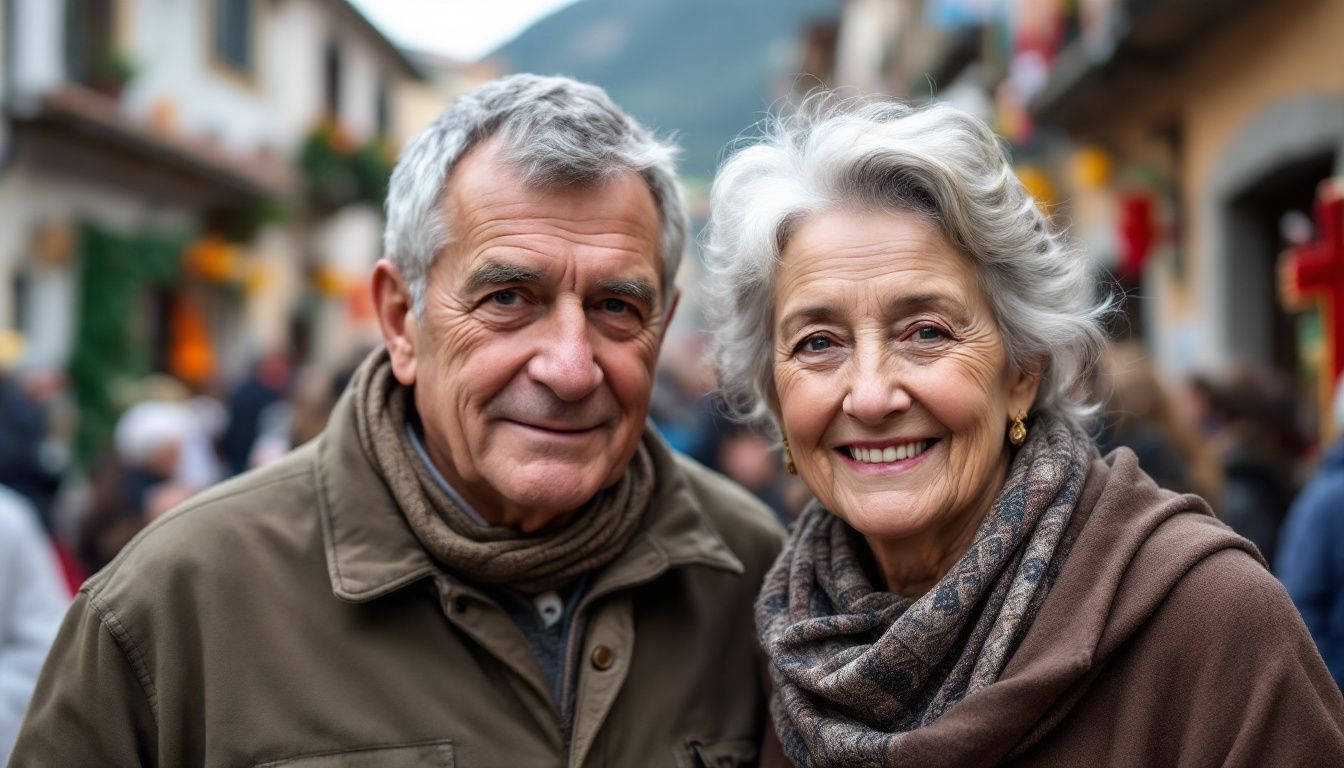
Catholicism shapes Italy’s way of life. It plays a big part in setting up holidays, social rules, and even laws.
Influence on national holidays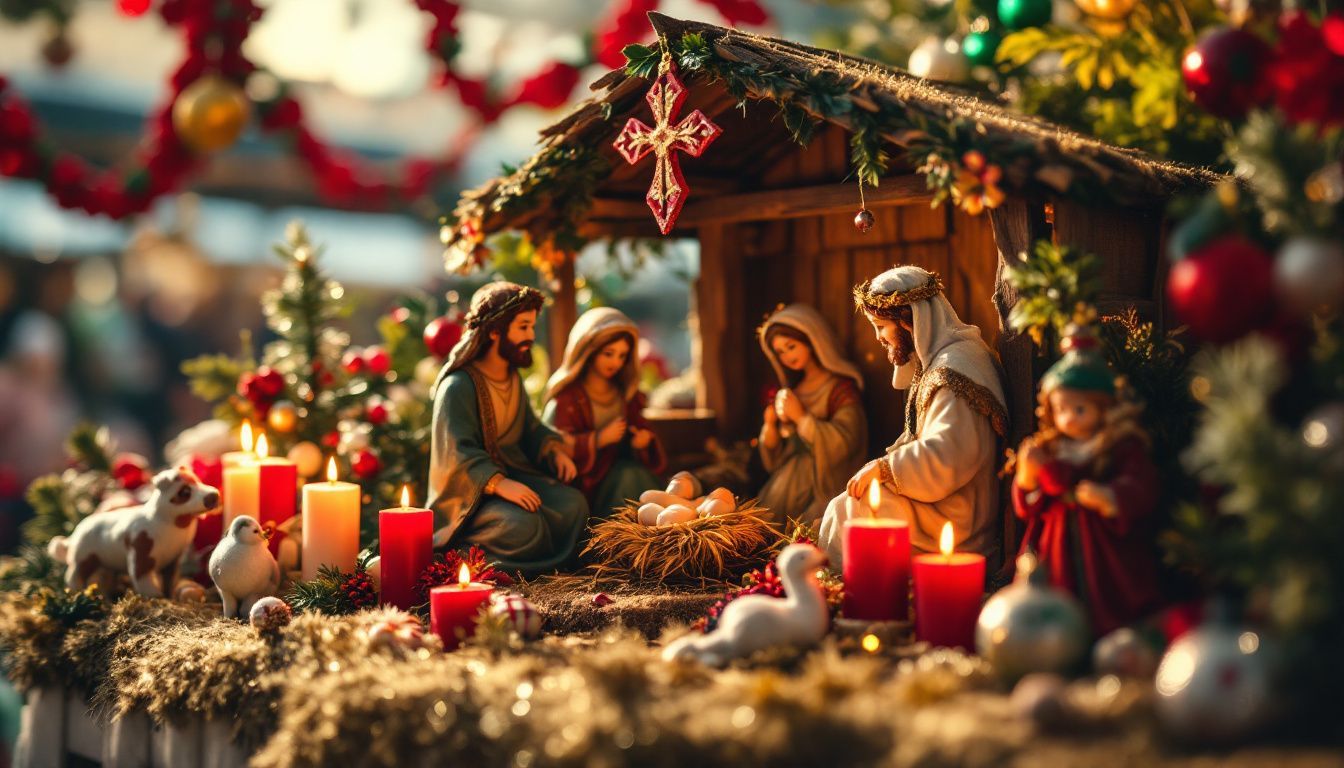
Many of Italy’s national holidays are rooted in Roman Catholicism. Christmas and Easter are significant in Italy, similar to other parts of the world where Christianity is prevalent.
But Italy presents a unique approach to these celebrations because of its profound religious traditions. For example, the Christmas celebration isn’t limited to December 25th; it begins with Advent at November’s end and extends till Epiphany on January 6th.
The entire country brightens with nativity scenes, special church services, and festive markets.
Easter Week is equally significant in Italy, replete with processions and rituals tracing back centuries. Cities such as Rome and Trapani organize dramatic enactments of biblical events leading up to Jesus’ resurrection.
Ferragosto on August 15th, honoring the Assumption of Mary into Heaven, is a day blended with ancient Roman customs marking the zenith of summer.
Moreover, Saints’ days are observed. Each city has a patron saint whose feast day transforms into a local holiday with parades, culinary festivals, and fireworks. The San Gennaro in Naples and Saint John’s Eve in Florence are two examples where faith interweaves with revelry.
These holidays serve to remind people of their faith and also unite communities to engage in enjoyable traditions handed down for generations.
Impact on social structures and laws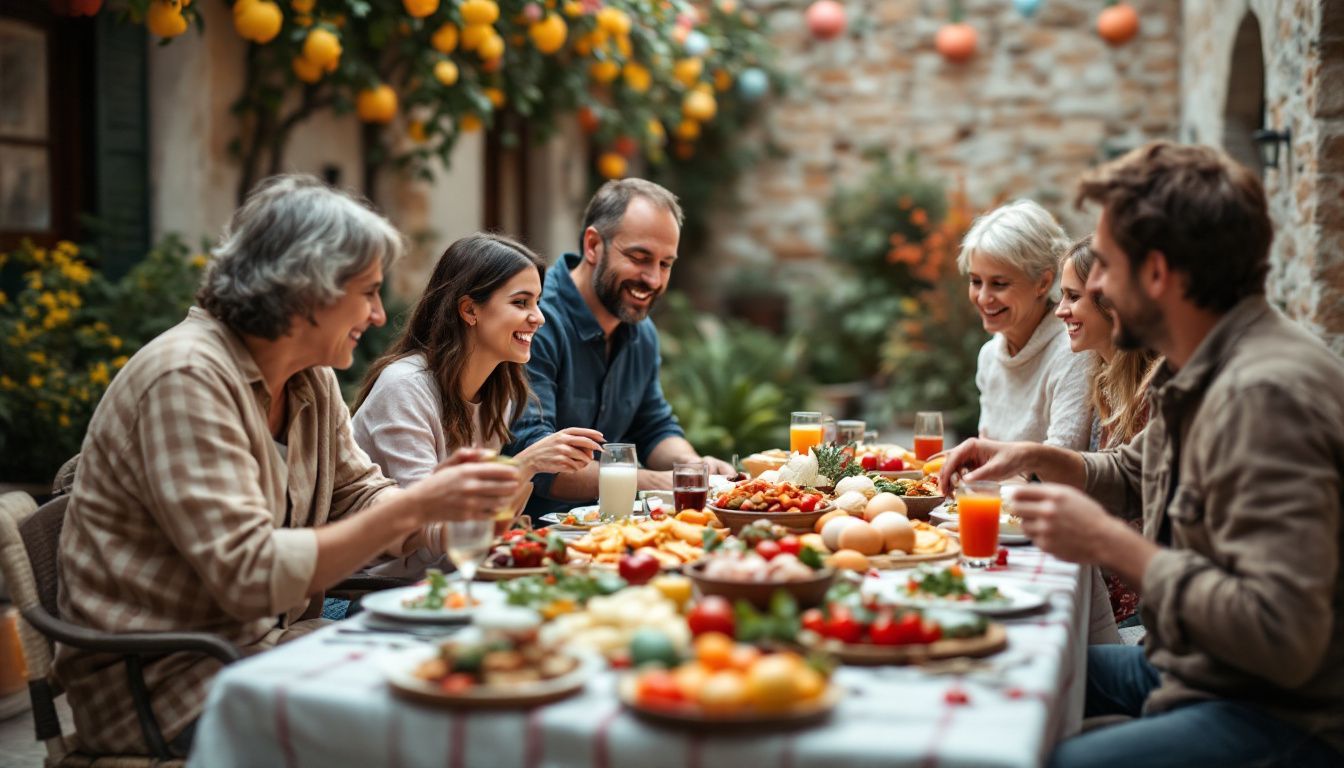
The influence of Catholicism shapes social structures and laws in Italy. The Catholic Church plays a significant role in family life and community events. For instance, many families gather for celebrations like Christmas in Italy or Easter in Italy.
These occasions strengthen family bonds. They also bring friends together to enjoy Italian cuisine and celebrate traditions.
Laws often reflect religious beliefs too. Marriage ceremonies typically have religious rituals. Many Italians see marriage as a sacred union blessed by the church, which affects how they view relationships.
Special days like Liberation Day honor both national history and local customs influenced by faith.
While the country is officially secular, about 80% of Italians identify as Catholics. This deep-rooted connection impacts both laws and daily life. Local festivals such as the Palio di Siena demonstrate how traditions blend with religion to create vibrant cultural expressions throughout the country.
Other Religious Practices in Italy
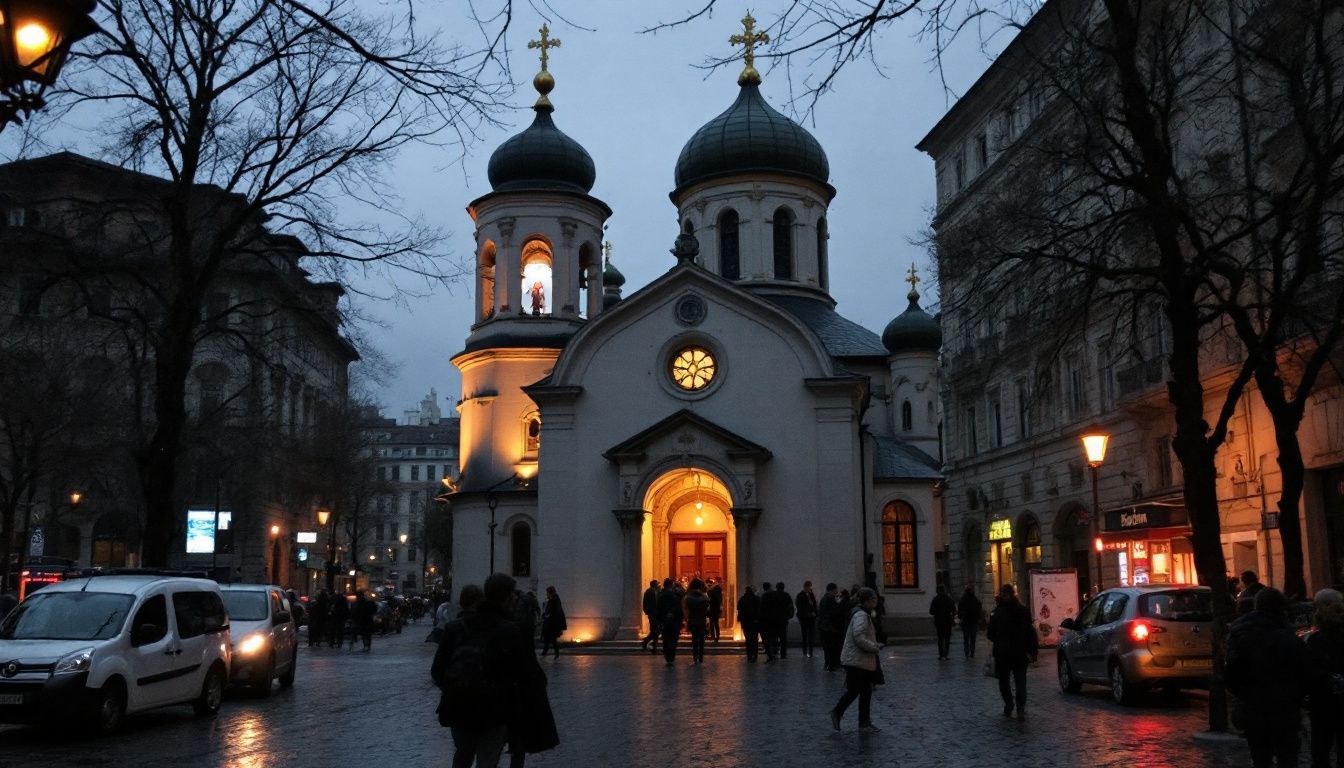
Italy is home to many religions beyond Catholicism. Smaller groups, like Orthodox Christians and Muslims, add to the rich tapestry of beliefs. Migration has changed this picture over time.
Different faiths now share space with traditional practices, leading to a mix of cultures across cities and towns.
Minor historical denominations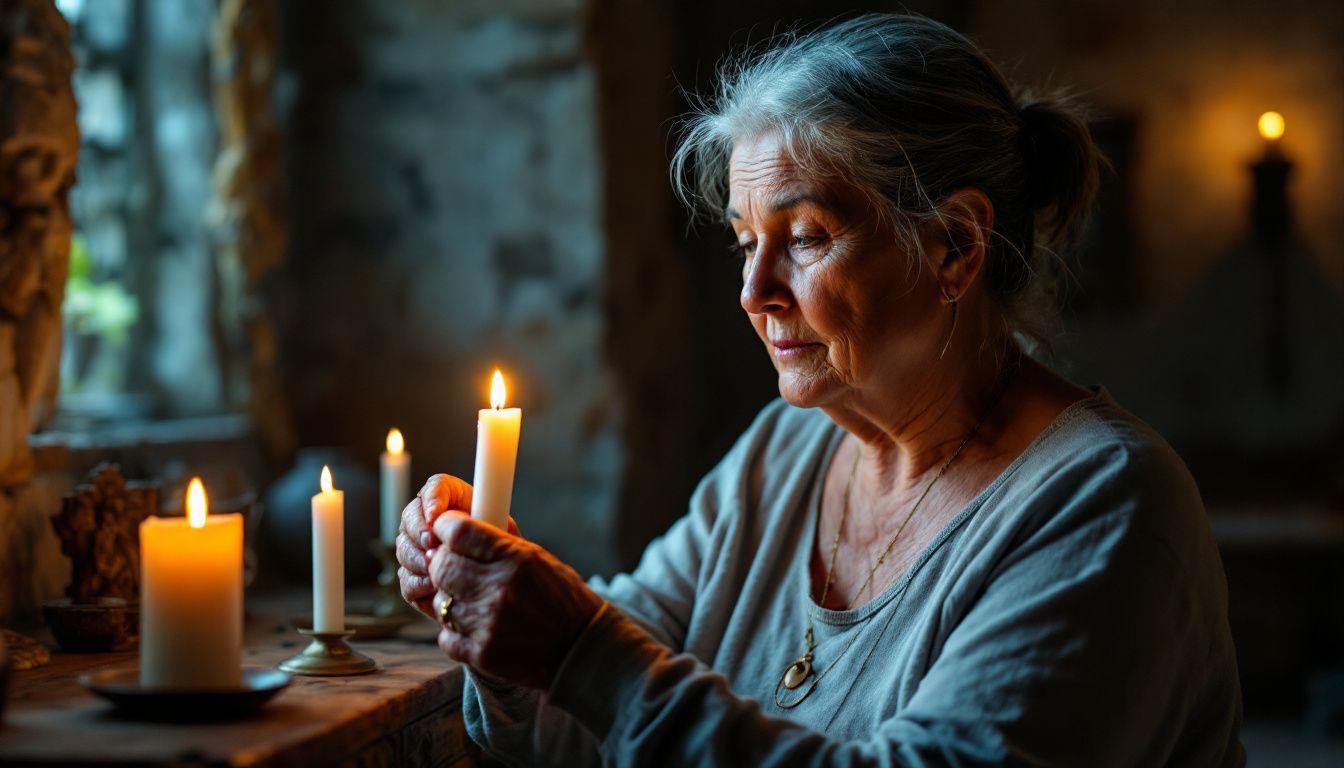
In Italy, many minor historical denominations have shaped the landscape of religion. Before the rise of Roman Catholicism, different groups practiced their faiths across the country.
Some of these include Arianism and various Gnostic sects.
Today, about 5% of Italians belong to other religions besides Catholicism. The arrival of immigrants has added to this mix. New beliefs and practices emerge in cities like Milan and Venice.
This growing diversity shows how rich religious life is in modern Italy, even as Catholic traditions remain strong.
Immigration and changing religious landscapes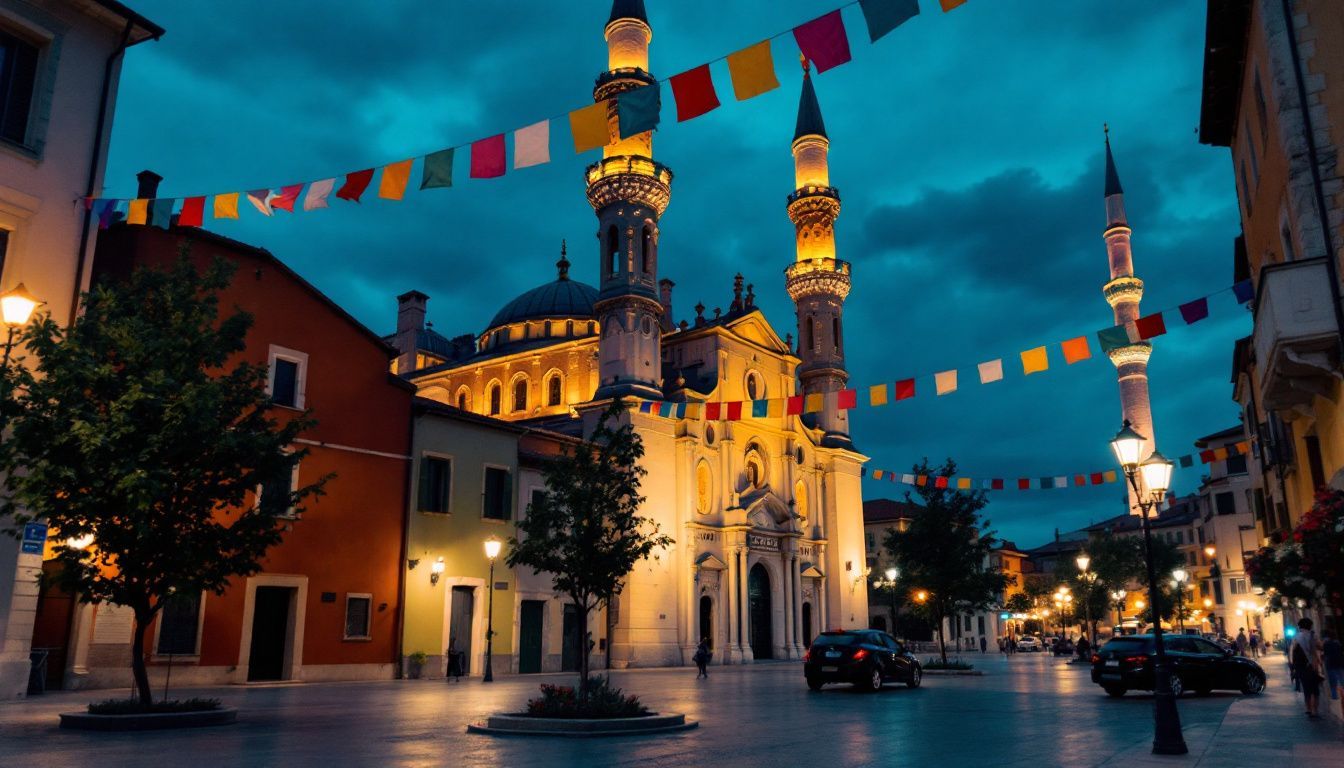
Italy has seen a shift in its religious landscape due to immigration. While Roman Catholicism remains strong, changes are notable. About 80% of Italians identify as Catholics, but around 15% report having no religion.
The remaining 5% practice various faiths. These statistics show how diverse Italy is becoming.
Newcomers from different countries bring their beliefs and traditions. Communities grow and change with each wave of immigrants. For example, the presence of Muslim communities has increased over recent decades.
They have established mosques and cultural centers throughout cities like Milan and Rome.
This diversity influences Italian culture, including language and customs. Regions now celebrate new festivals alongside traditional ones like la befana or the carnival of Venice. Each group adds richness to Italy’s tapestry, creating a blend that reflects both old and new traditions in daily life.
Italian Language and Its Connection to Culture
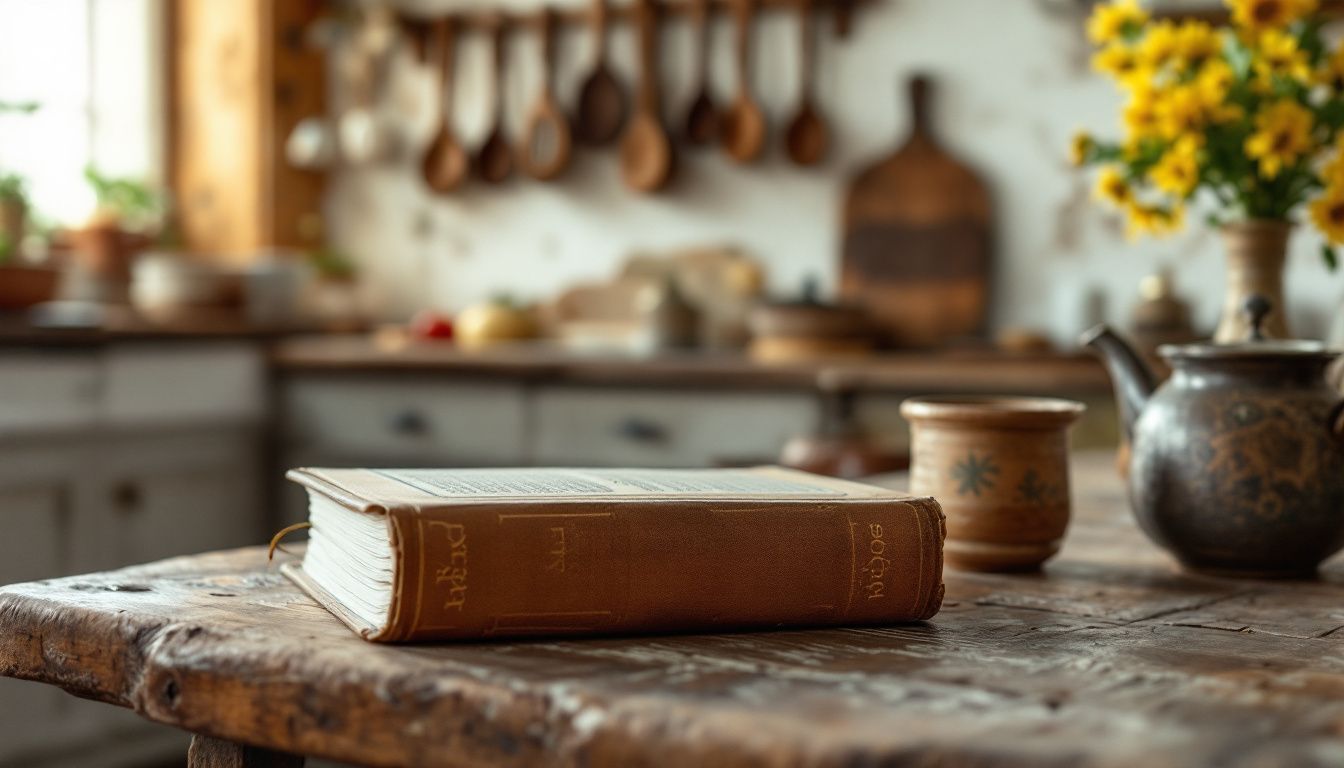
The Italian language is rich and full of life. It connects people to their history and traditions, like the regional dialects from places such as Sardinia or Milan. Each word carries stories of family celebrations and religious festivals.
Greetings and common phrases reflect deep cultural values, showing warmth in daily interactions.
Regional dialects
Italy is home to many regional dialects. About 87% of Italians speak Italian as their main language. Yet, there’s a rich tapestry of dialects like Sicilian, Friulian, and Venetian spoken throughout the country.
These dialects reflect local history and culture. For example, Sardinian has roots in Latin but also shows influences from Spanish and French.
Language plays a key role in keeping traditions alive. Each region celebrates its unique customs through special words and phrases that may be hard for outsiders to understand. Dialects shape everyday life and connect generations together…
Now let’s explore some key Italian traditions and customs that build on this cultural foundation.
Language’s role in preserving traditions
Italian language plays a big part in keeping traditions alive. It helps people connect with their past and celebrate their culture. With over 87% of Italians speaking Italian, the language carries old stories, songs, and customs.
Regional dialects like Sicilian and Venetian add more depth to this connection.
Common phrases, greetings, and even festive words often tie back to local traditions. During events like the feast of Sant’Agata or Easter bread preparations, these expressions bring families together.
They share recipes like torrone or capitone while talking in their native tongue. Language helps preserve what it means to be Italian amid modern changes.
Greetings and Common Phrases in Italian
Greetings and common phrases are essential to understanding Italian culture. They show respect and friendliness in social interactions.
- Ciao
This is the most popular greeting. Use it for “hello” or “goodbye.” It’s casual and friendly, making it suitable for friends and family.
- Buongiorno
This means “good morning.” Use it until around 5 PM. It’s polite when meeting someone during the day.
- Buonasera
This translates to “good evening.” Use it after 5 PM as a respectful way to greet someone in the evening.
- Grazie
Meaning “thank you,” this phrase shows appreciation. Italians value gratitude, so it’s good to use often.
- Per favore
This means “please.” It’s a polite way to ask for something. Using this phrase makes requests sound nicer.
- Scusi/Scusa
These words mean “excuse me.” Use “scusi” for formal situations and “scusa” for informal ones, like with friends.
- Come stai? / Come sta?
These questions mean “how are you?” Use “come stai?” with friends, while “come sta?” is more formal.
- Mi chiamo…
This means “my name is…” You can introduce yourself using this phrase when meeting new people.
- Arrivederci
A way to say “goodbye” formally, use this when leaving a conversation or event with respect.
- A presto!
Meaning “see you soon!” This phrase shows excitement about seeing someone again in the near future.
These phrases connect deeply with Italian culture, where language plays a key role in traditions and social etiquette. Language also helps preserve old customs and ways of life across regions, from Southern Italy to Northern Italy.
Key Italian Traditions and Customs

Italy is known for its lively traditions and customs. Family gatherings are important, especially during celebrations like the Feast of the Redeemer or Palio di Legnano. These events bring everyone together for joy and connection, showcasing Italy’s rich culture.
Food plays a big role too—think of delicious Italian meals shared at these times!
Family-centric celebrations
Family-oriented celebrations are essential in Italian culture. They bring people together, often centered around key life events like baptisms, confirmations, and first communions.
These occasions reflect deep values of family and faith. Large gatherings often include meals filled with traditional Italian food, like pasta and abbacchio.
Many festivals highlight these bonds too. Events such as the Palio dell’Assunta celebrate community ties within families. They involve everyone from children to grandparents, ensuring that traditions stay alive across generations.
Celebrating together strengthens the family’s connection to their history while passing down cherished customs and practices that shape daily life in Italy.
Religious festivals and their significance
Religious festivals play a big role in Italian culture. Each festival often honors saints or significant events in the Catholic Church, which is the major religion here. For example, La Venuta marks the coming of Saint Peter to Venice.
The Procession of the Mysteries of Trapani celebrates Easter with vivid displays and deep devotion. These events bring families together and strengthen community ties.
Many Italians still hold strong religious beliefs, shaped by their history and traditions. About 80% identify as Catholic, while others enjoy different faiths or none at all. Festivals are not just rituals; they keep important memories alive across generations…
Next up are key Italian traditions and customs that highlight family celebrations!
Unique Italian Customs Linked to Catholicism
Italy’s Catholic heritage has produced a wealth of distinctive customs, many of which blend ancient local traditions with religious devotion. Some of the most unique include:
Religious Processions and Patron Saint Festivals
Nearly every Italian town has a patron saint, celebrated with elaborate processions, fireworks, and communal feasts. For example, Naples’ Festa di San Gennaro features the “miracle” of the liquefaction of the saint’s blood, believed to protect the city from disaster. Florence, Genoa, and Turin honor St. John the Baptist with fireworks and parades, while Catania’s Feast of St. Agatha includes a grand procession and traditional sweets.
Nativity Scenes (Presepi)
The custom of creating elaborate nativity scenes began in Italy, credited to St. Francis of Assisi in the 13th century. These displays, often featuring handcrafted figurines and detailed landscapes, are central to Italian Christmas celebrations and have spread worldwide.
Holy Week and Easter Rituals
Holy Week is marked by dramatic processions, such as the Via Crucis (Way of the Cross) and unique regional customs. In Sardinia, the Lunissanti procession features hooded participants singing medieval hymns, while in Sicily, the Vasa Vasa ritual reenacts the reunion of Christ and the Virgin Mary with theatrical flair and fireworks.
Palm Sunday and Blessed Branches
On Palm Sunday, olive and palm branches are blessed and distributed to the faithful, who display them in their homes for protection until the next year’s celebration.
Infiorata (Flower Carpets)
During the Feast of Corpus Christi, towns like Genzano create elaborate carpets of flowers along the procession route, blending artistry with religious devotion.
The Festival of the Snake-Catchers (Cocullo)
In the town of Cocullo, the statue of St. Dominic is paraded through the streets covered in live snakes, a custom rooted in both Catholic and ancient pagan traditions, seeking protection from snakebites.
Bonfires and Dances
The Feast of St. John the Baptist is celebrated with bonfires on beaches and public squares, traditional dances, and fireworks, especially in Genoa, Florence, and Turin.
Acts of Charity
The caffè sospeso tradition in Naples—paying for a coffee in advance for someone in need—reflects Catholic values of charity and kindness
Unique Customs from Other Religions in Italy
Orthodox Christianity
Italy’s Orthodox communities, especially Greek, Romanian, and Russian, maintain their own liturgical traditions and festivals. The Basilica di San Nicola in Bari is a major pilgrimage site for both Catholics and Orthodox Christians, reflecting shared veneration of Saint Nicholas.
Judaism
Italian Jews follow the distinctive Italian Rite, blending elements from Ashkenazi and Sephardic traditions. Their synagogues often feature unique architectural styles, and their cuisine is a fusion of kosher laws and Italian flavors—such as goose salami for Passover. Italian Jews also developed Judeo-Italian dialects, mixing Hebrew and Italian
Summary Table
| Religion | Unique Custom/Tradition | Description |
|---|---|---|
| Catholicism | Patron saint processions | City-wide festivals with relics, miracles, and communal feasts |
| Catholicism | Presepi (nativity scenes) | Elaborate Christmas displays, a tradition started by St. Francis of Assisi |
| Catholicism | Holy Week rituals (e.g., Lunissanti, Vasa Vasa) | Dramatic processions, hooded participants, theatrical reenactments |
| Catholicism | Infiorata | Flower carpets for religious processions |
| Catholicism | Festival of the Snake-Catchers (Cocullo) | Statue of St. Dominic paraded with live snakes |
| Catholicism | Caffè sospeso | Anonymous acts of charity in cafés |
| Orthodox Christianity | Pilgrimages to Bari, Byzantine liturgies | Shared veneration of saints, distinct liturgical music and architecture |
| Judaism | Italian Rite, unique synagogue architecture, cuisine | Distinct liturgical practices, fusion foods, Judeo-Italian dialects |
These customs illustrate how Italy’s religious traditions are both deeply rooted and remarkably diverse, blending faith, history, and local culture into uniquely Italian expressions
What unique food traditions are linked to Italian religious festivals?
Unique Food Traditions Linked to Italian Religious Festivals
Italy’s religious calendar is closely intertwined with a rich tapestry of unique food traditions, many of which are deeply symbolic and regionally distinctive. Below are some of the most notable examples tied to Catholic and other religious celebrations:
Christmas (Natale) and Epiphany (La Befana)
Christmas Eve Fish Dinner:
On Christmas Eve, Italians traditionally abstain from meat and enjoy a meal featuring a variety of fish and seafood—such as fried calamari, shrimp, anchovies, and oven-baked fish with potatoes. This custom stems from the Catholic practice of fasting before major feasts.
Christmas Day Feast
The festive meal on Christmas Day typically includes meat dishes like turkey or roast, homemade pasta (such as fettuccine with ragu), and a variety of regional sweets and chocolates.
Panettone and Pandoro
These iconic sweet breads—Panettone (with raisins and candied citrus) and Pandoro (a golden, buttery bread)—are central to Italian Christmas and Epiphany celebrations, often enjoyed with family and given as gifts.
La Befana Sweets
On Epiphany (January 6), children receive stockings filled with sweets and small gifts from La Befana, marking the end of the Christmas festivities with another feast featuring Pandoro and Panettone.
Easter (Pasqua)
Lamb (Abbacchio)
Roasted lamb is the traditional centerpiece of Easter Sunday lunch, symbolizing purity and the sacrificial lamb of Christ.
Pastiera Napoletana
This sweet, creamy pie made with ricotta, cooked wheat, eggs, and candied fruit is a Neapolitan Easter specialty, symbolizing resurrection and spring.
Colomba di Pasqua
A dove-shaped sweet bread adorned with almonds and sugar, representing peace and resurrection, is widely enjoyed throughout Italy.
Casatiello and Crescia di Pasqua
Casatiello is a savory Easter bread from Campania, filled with meats, cheeses, and hard-boiled eggs, while Crescia di Pasqua from the Marche region is a cheese-rich, leavened bread.
Chocolate Easter Eggs
Exchanging large, hollow chocolate eggs with hidden surprises is a beloved modern tradition for Italian children.
Carnival (Carnevale)
Fried Sweets (Chiacchiere, Frappe, Zeppole)
Carnival season brings a variety of fried pastries dusted with powdered sugar, such as chiacchiere and zeppole, enjoyed in the weeks leading up to Lent.
Tordelli and Fagioli all’uccelletto
In Tuscany, meat-filled ravioli (tordelli) and beans with sausage (fagioli all’uccelletto) are traditional Carnival dishes, especially for Shrove Tuesday.
New Year’s (Capodanno)
Lentils with Cotechino or Zampone
Lentils, symbolizing coins and prosperity, are eaten at New Year’s, often paired with cotechino (a rich pork sausage) or zampone (stuffed pig’s trotter) to bring good luck for the year ahead.
Saint’s Days and Local Festivals
Zeppole di San Giuseppe: On March 19 (St. Joseph’s Day), bakeries fill with zeppole—cream-filled pastries dusted with powdered sugar, honoring the patron saint of fathers and carpenters.
Regional “Sagre”
Annual local festivals (sagre) often have religious origins and feature unique dishes based on local ingredients and traditions, such as fried fish for the Sagra del Pesce in honor of a patron saint or hazelnut cakes for the Sagra della Nocciola
Summary Table
| Festival/Religious Event | Unique Food Traditions | Symbolism/Notes |
|---|---|---|
| Christmas Eve | Fish and seafood dinner | Catholic fasting tradition |
| Christmas Day | Roasts, homemade pasta, Panettone, Pandoro | Family unity, celebration |
| Epiphany (La Befana) | Sweets, Pandoro, Panettone | End of Christmas, gifts for children |
| Easter | Roast lamb, Pastiera, Colomba, Casatiello, Crescia | Resurrection, purity, rebirth |
| Carnival | Chiacchiere, Zeppole, Tordelli, Fagioli all’uccelletto | Festivity before Lent, regional specialties |
| New Year’s | Lentils with cotechino/zampone | Prosperity and good luck |
| St. Joseph’s Day | Zeppole di San Giuseppe | Honor to St. Joseph, fatherhood |
| Local Patron Saint Days | Unique regional dishes (e.g., fried fish, hazelnut cake) | Community, local identity |
These traditions highlight the profound connection between Italian religious festivals and the country’s celebrated culinary heritage, with each dish carrying layers of meaning, history, and regional pride.
Conclusion

Religion, traditions, and the Italian language shape Italy’s rich culture. Catholicism plays a key role in daily life and national holidays. Many celebrate important events with family gatherings and festivals.
Every region has its own dialect, keeping local traditions alive.
Think about how these aspects influence your view of Italy. Explore more about its customs or learn some Italian phrases! Embracing these elements can deepen your understanding of this beautiful country.
Each festival or custom you discover adds to the vibrant tapestry of Italian life—so go out there and enjoy!
FAQs
1. What is the significance of religion in Italy?
Religion plays a central role in Italian society, with Vatican City and the Pope having considerable influence. The Lateran Treaty established Catholicism as the state religion until a constitutional referendum made Italy a republic.
2. Can you tell me about some popular traditions of Italy?
Italy boasts many unique traditions such as Il Palio, an extraordinary horse race, and Festa dei Ceri or Corsa dei Ceri also known as Race of the Saints. Other exciting events include Saracen Joust and Battle of the Oranges.
3. How does Italian fashion reflect its cultural heritage?
Italian fashion deeply reflects its rich cultural heritage tracing back to Roman Empire times. Cities like Milan are renowned for their high-end fashion houses showcasing traditional Italian craftsmanship.
4. What’s special about festivals like Martedì Grasso and Festa del Redentore?
Martedì Grasso, or Fat Tuesday, marks the end of Carnival season with grand parades like Carnival of Viareggio while Festa del Redentore celebrates Venice’s deliverance from plague during 16th century with spectacular fireworks over Venetian lagoon.
5. How has Italy’s political history impacted its religious landscape?
The shift from monarchy under King Umberto II to becoming a republic following Constitutional Referendum changed Italy’s religious landscape significantly; it led to Concordat that allowed freedom for non-religious people and those who identify as ‘nothing in particular’.
6. Are there any other interesting customs that highlight Italy’s vibrant culture?
Yes! From traditional Florentine football matches to Regatta of Historical Marine Republics boat races, each event showcases distinct aspects of Italian culture including music through Maggio Musicale Fiorentino festival held annually in Florence.
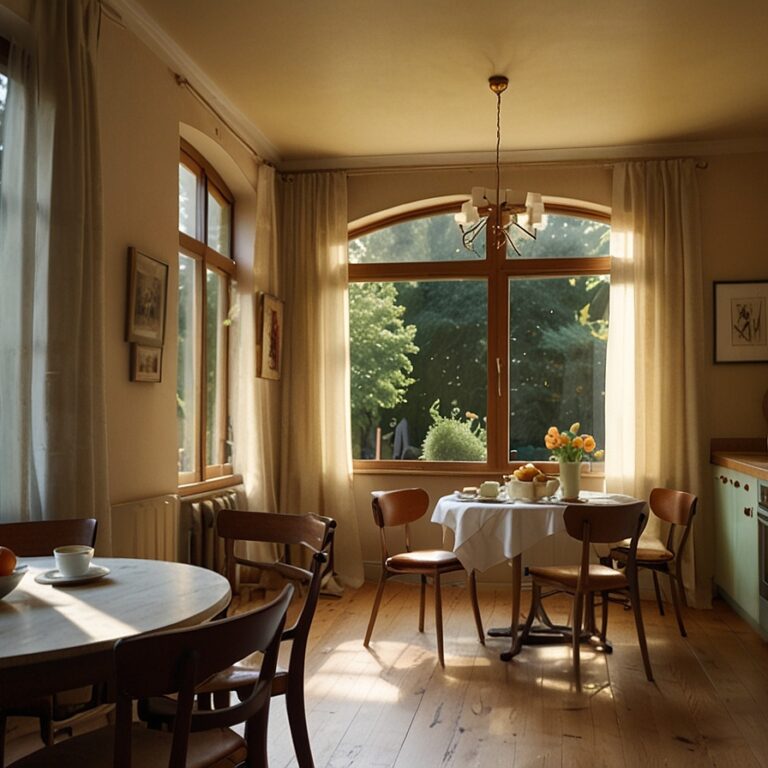
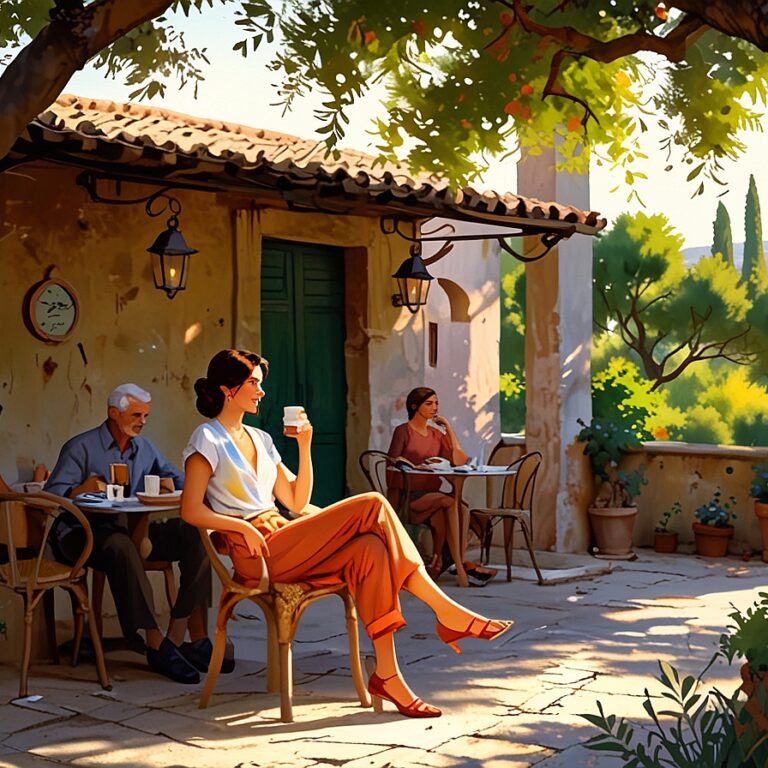
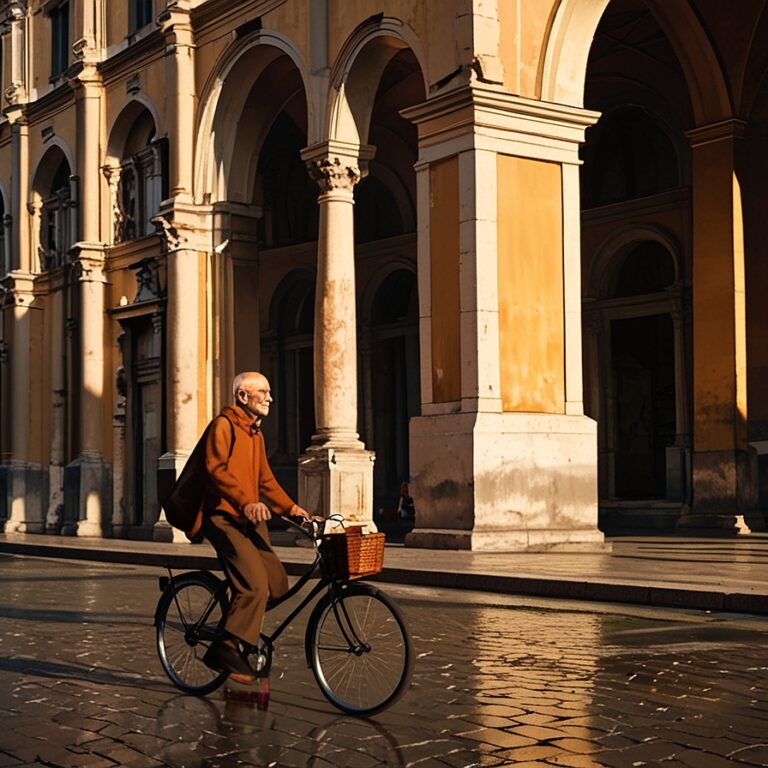
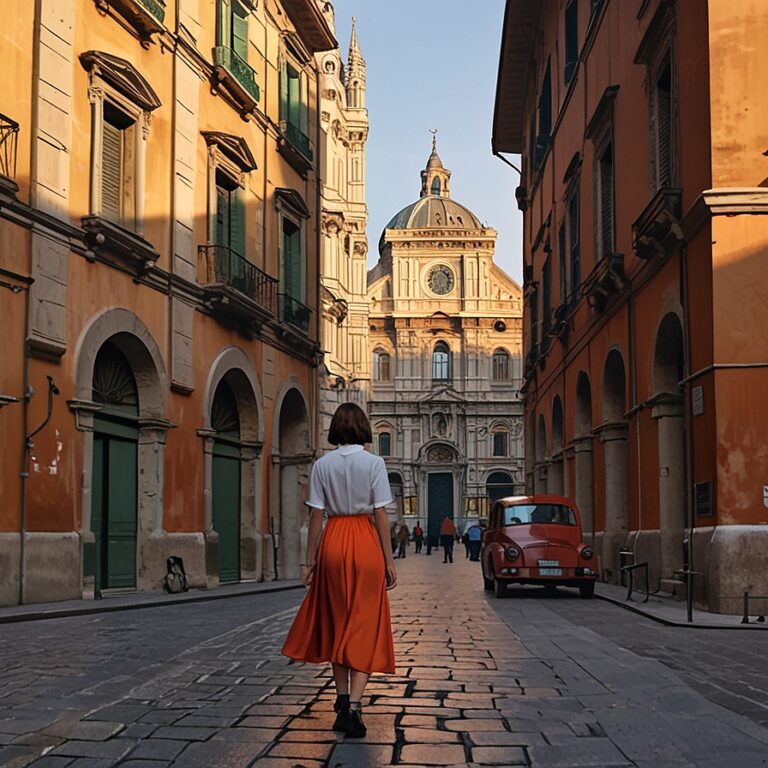
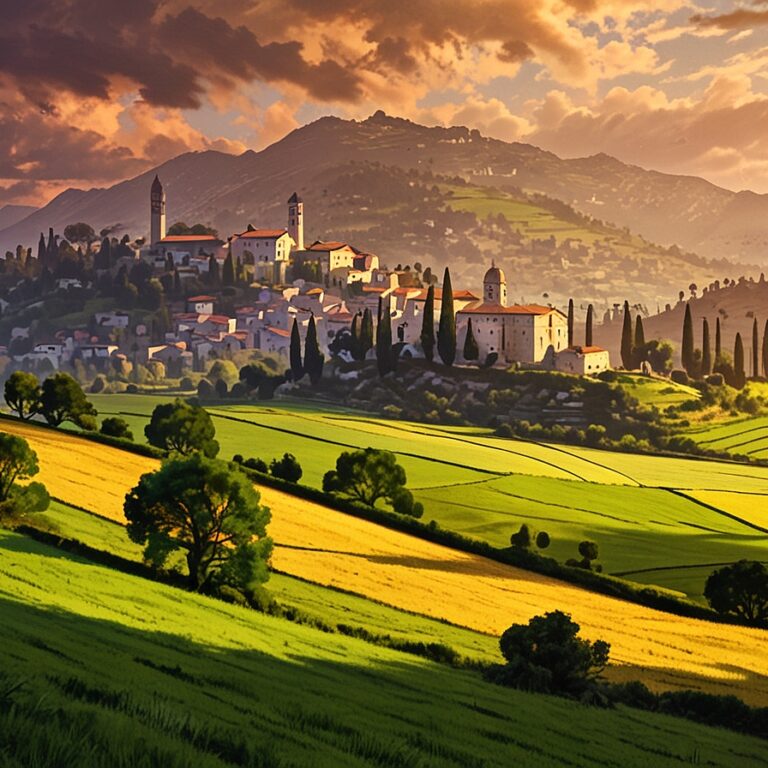
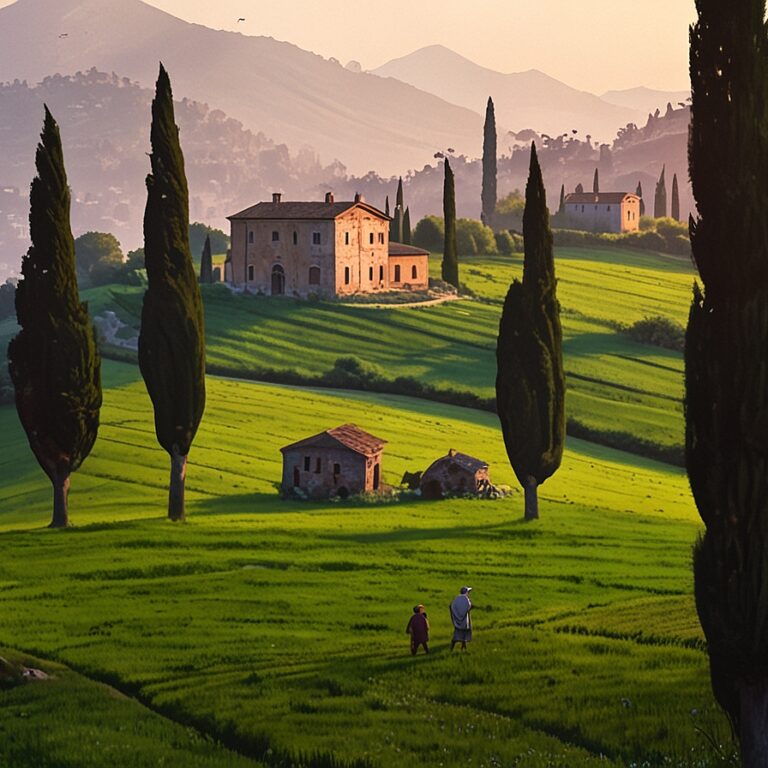
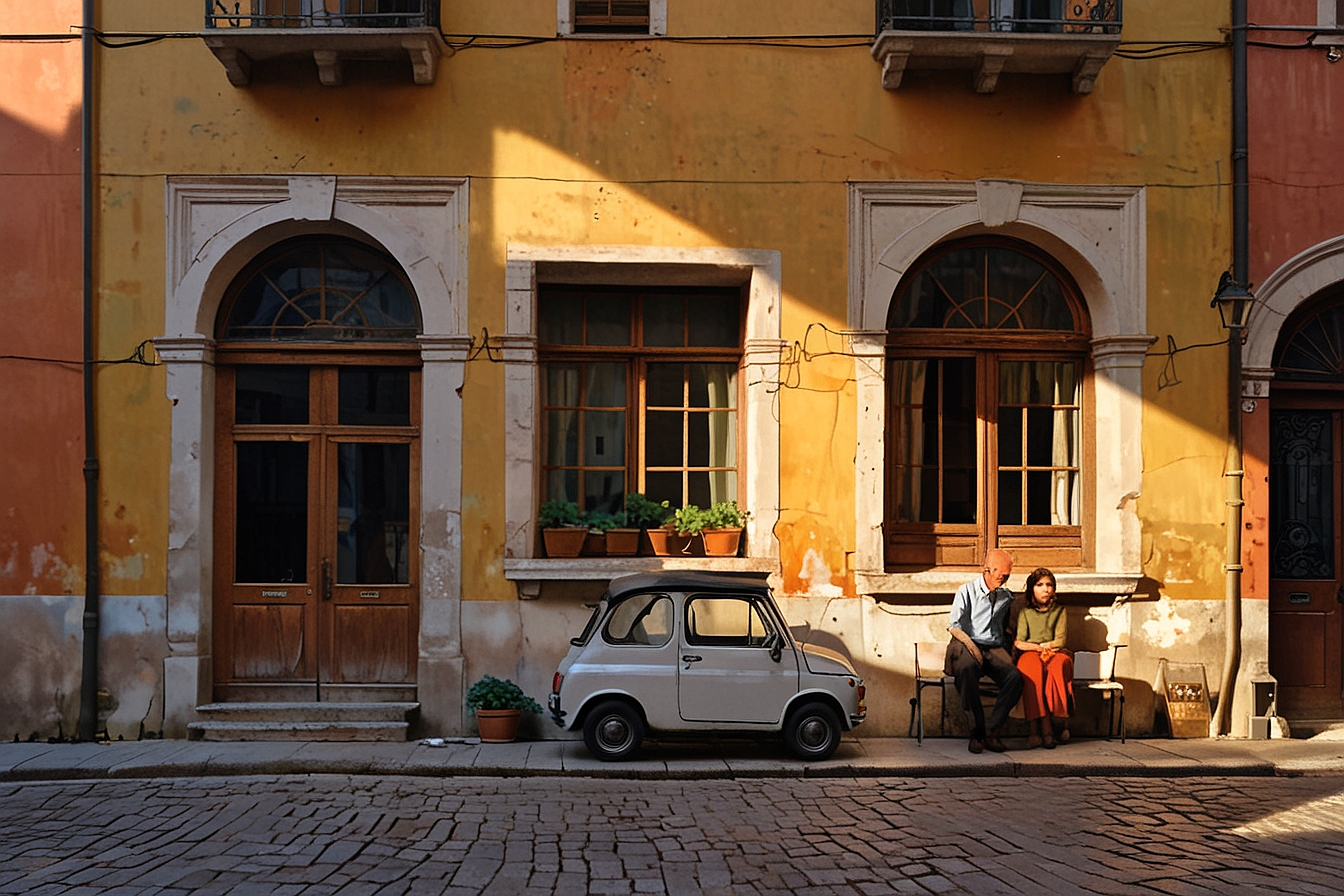
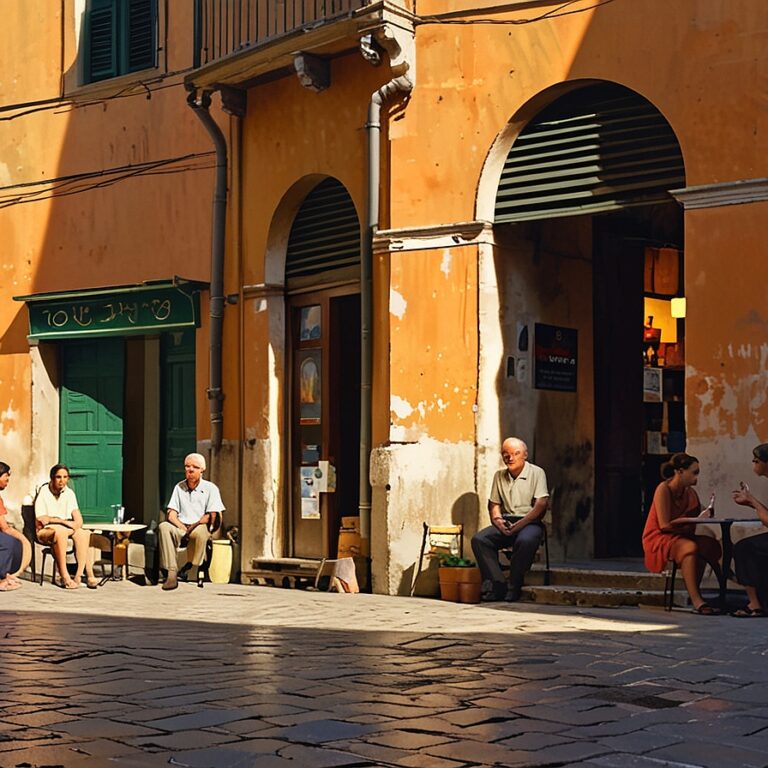
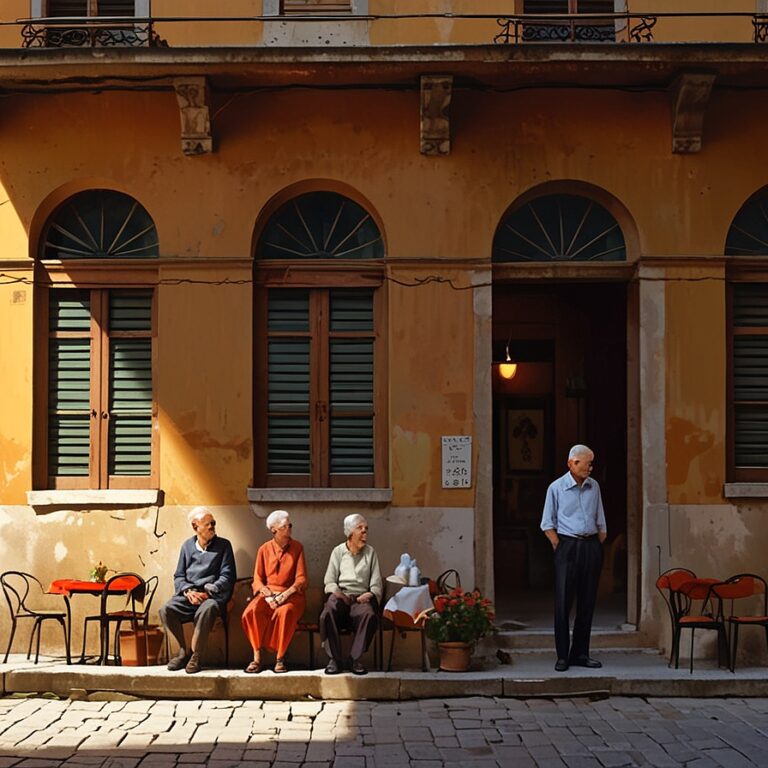
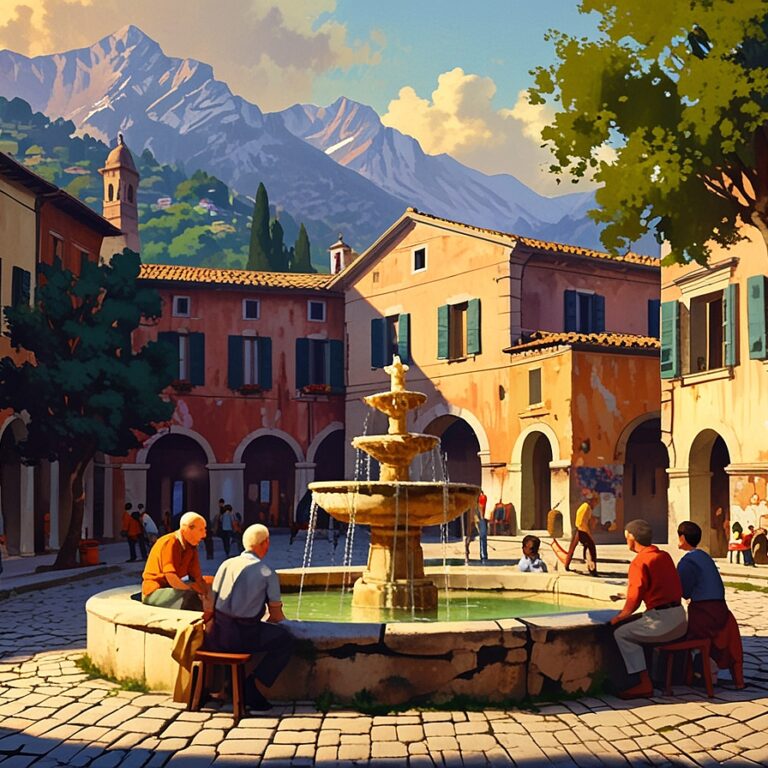
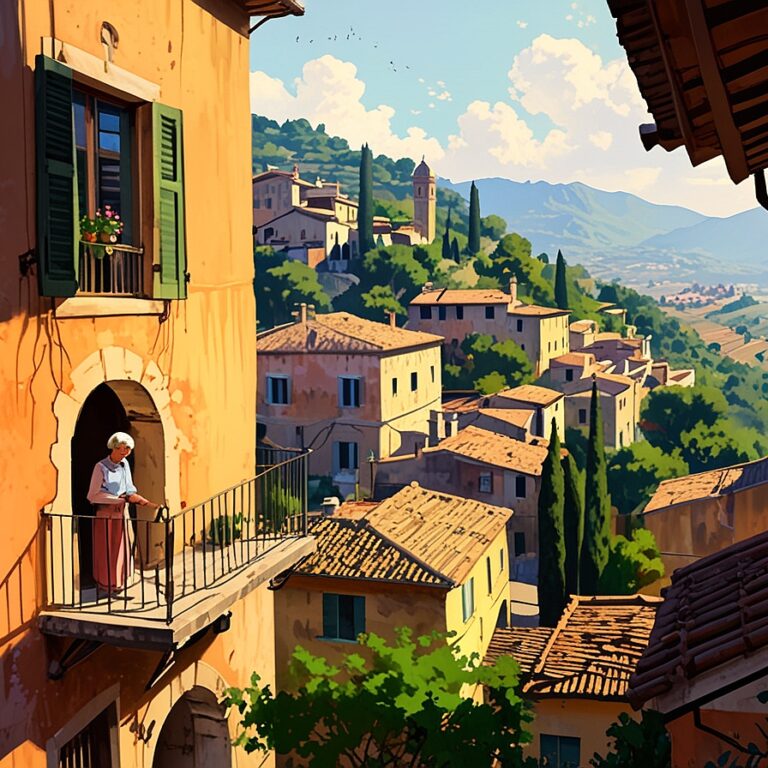
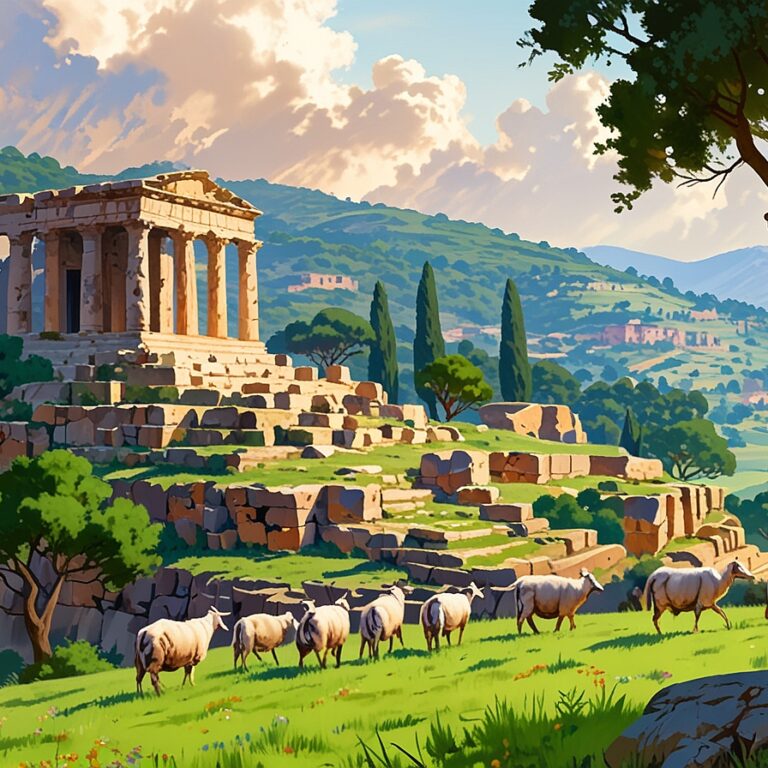
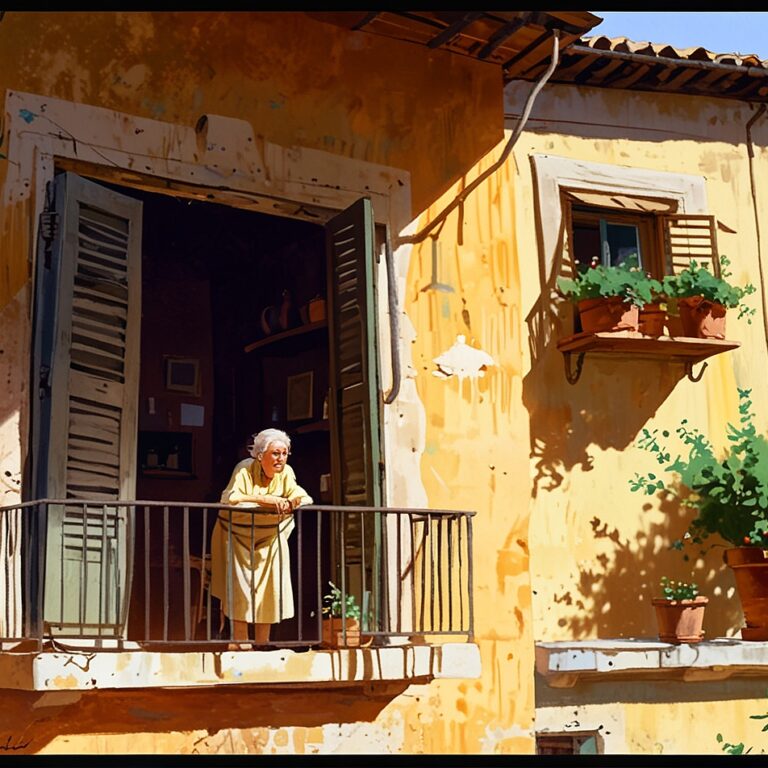
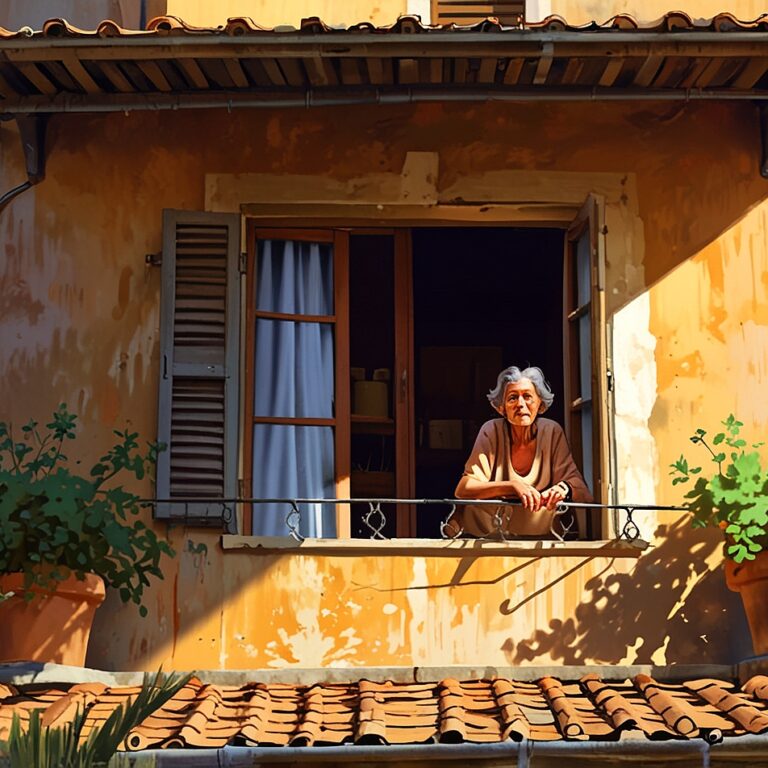
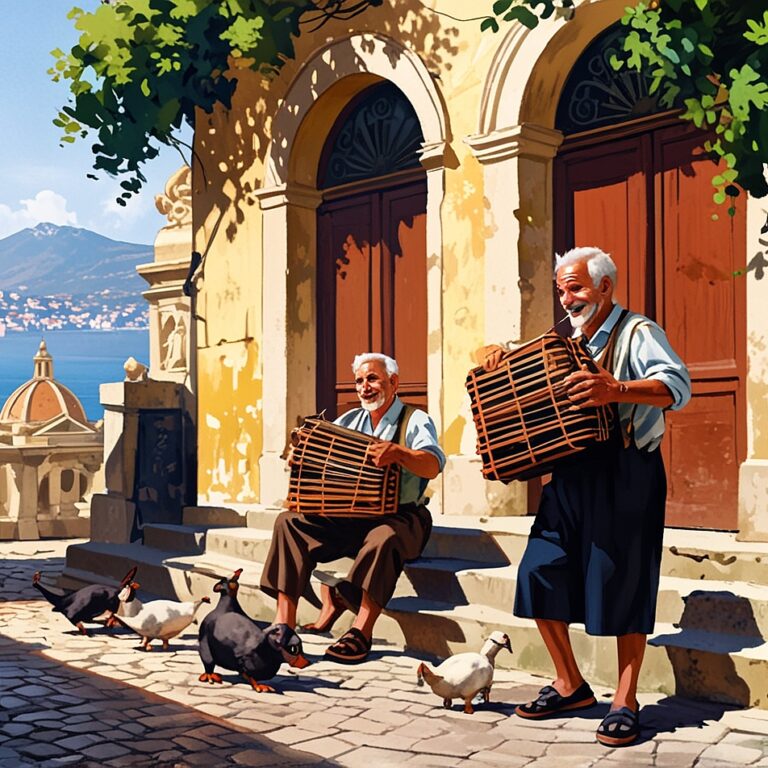
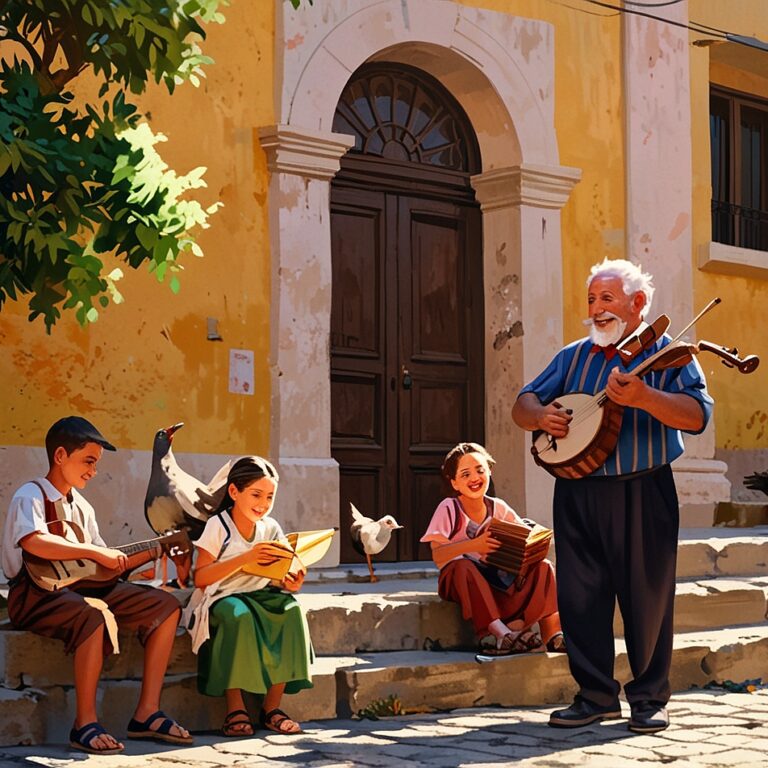
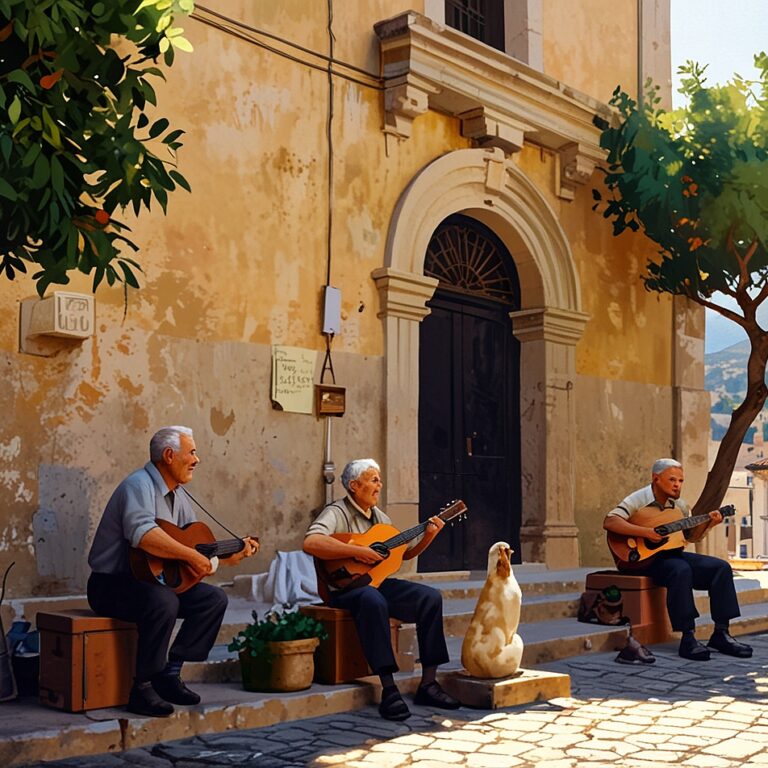
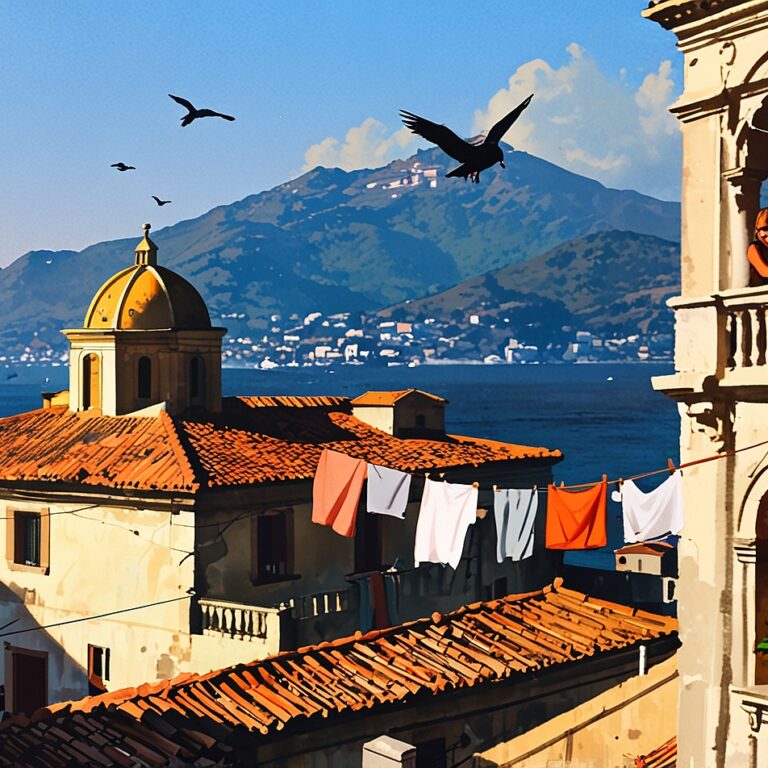
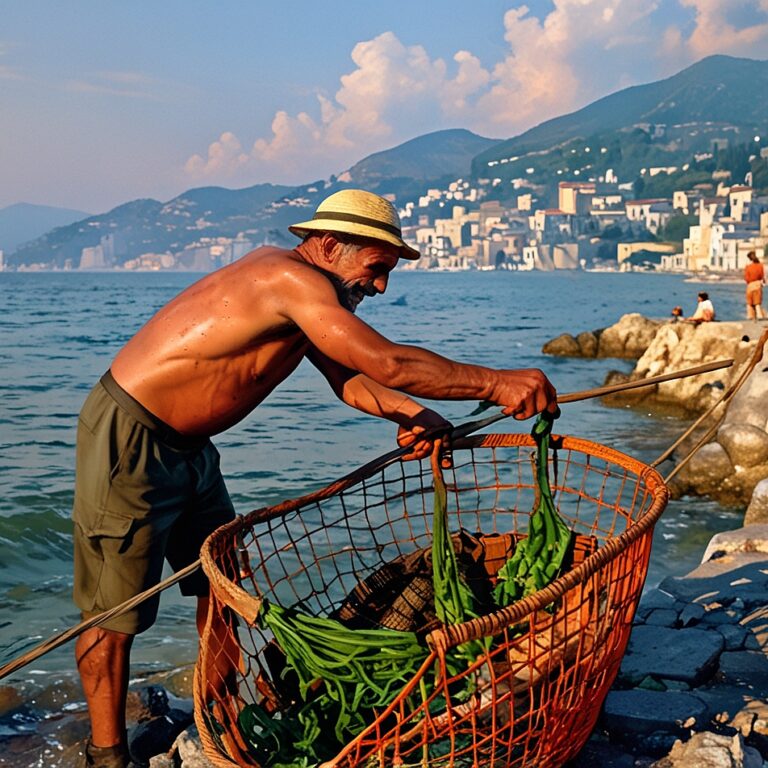
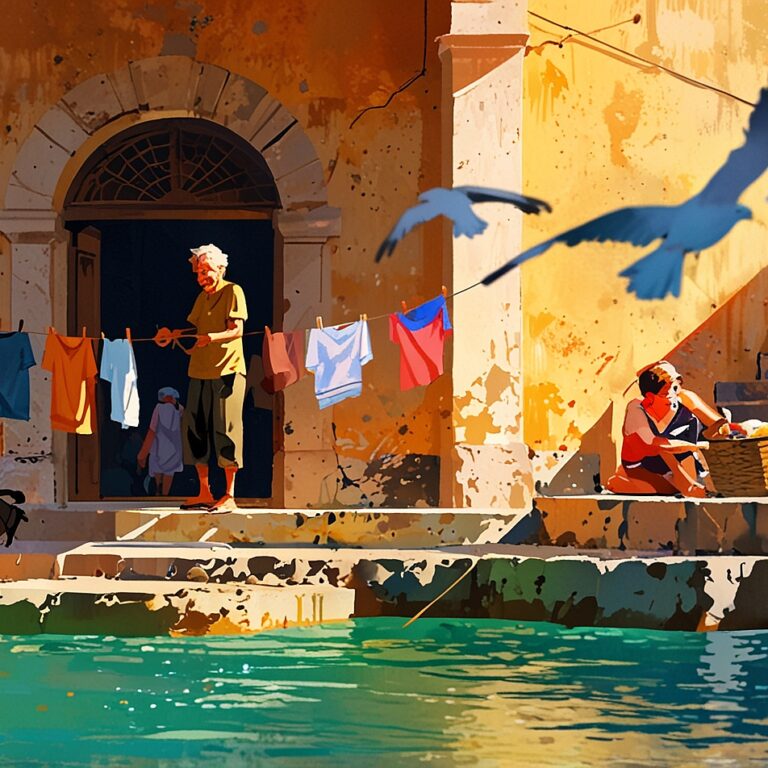


 Cart is empty
Cart is empty 






